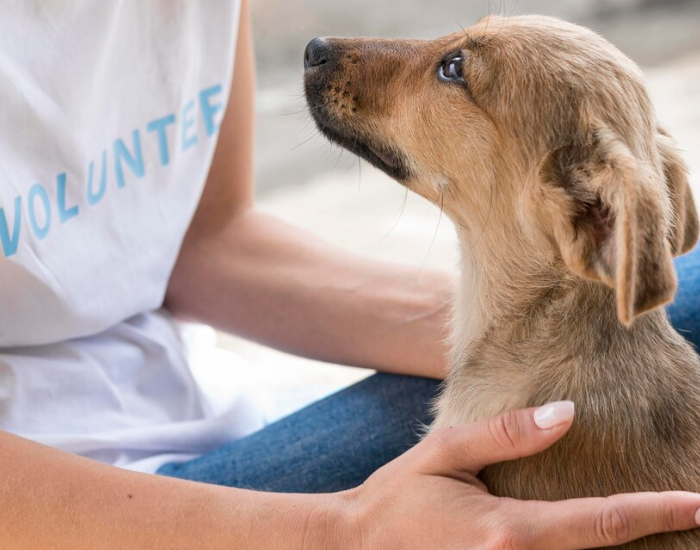When it comes to psychiatric assistance trained service dogs, many people may immediately think of breeds such as Golden Retrievers or Labrador Retrievers. However, there is no specific breed requirement for a psychiatric assistance dog, as it is the individual dog's temperament, personality, and training that determine their suitability for the role. In this blog post, we will explore whether a bulldog can be a psychiatric assistance dog.
Bulldogs are a popular breed known for their unique appearance and friendly, affectionate nature. They are often described as docile, loyal, and good with children, making them a popular family pet. However, when it comes to psychiatric assistance training, bulldogs may not be the first breed that comes to mind. So, can a bulldog be trained as a psychiatric assistance dog?
The short answer is yes, a bulldog can be trained as a psychiatric assistance dog. However, it is important to note that not all bulldogs may be suitable for this role. In order for a bulldog to be considered for psychiatric assistance training, they must possess certain temperament traits and undergo extensive training.
Temperament Traits of a Psychiatric Assistance Dog
Psychiatric assistance dogs must possess specific temperament traits in order to effectively perform their tasks and provide assistance to their handler. Some of the key temperament traits that are important for psychiatric assistance dogs include:
1. Calmness: A psychiatric assistance dog must be calm and composed in a variety of settings, including public places, crowds, and noisy environments.
2. Trainability: A psychiatric assistance dog must be able to learn and follow commands quickly and reliably.
3. Socialization: A psychiatric assistance dog must be well-socialized with people, other animals, and different environments in order to work effectively in a variety of settings.
4. Empathy: A psychiatric assistance dog must be able to sense their handler's emotions and respond accordingly.
5. Focus: A psychiatric assistance dog must be able to maintain focus on their handler and their tasks, even in distracting or stressful environments.
If a bulldog possesses these key temperament traits, they may be considered for psychiatric assistance training.
Training Requirements for a Psychiatric Assistance Dog
Training a bulldog for psychiatric assistance work requires extensive training and socialization, as well as specialized tasks tailored to the individual needs of their handler. Some of the key tasks that a psychiatric assistance dog may be trained to perform include:
1. Alerting their handler to changes in their mood or behavior.
2. Providing deep pressure therapy to help their handler regulate their emotions and reduce anxiety.
3. Retrieving medication or other necessary items for their handler.
4. Interrupting repetitive behaviors or self-harm behaviors.
5. Guiding their handler through crowds or unfamiliar environments.
6. Waking their handler up from nightmares or night terrors.
In addition to these specialized tasks, a psychiatric assistance dog must also be well-trained in basic obedience, socialization, and public access skills. They must be able to work effectively in a variety of settings, including public places, crowded areas, and around other animals.
The Role of a Psychiatric Assistance Dog in Treating Mental Health Conditions
Psychiatric assistance dogs can play a valuable role in the treatment of mental health conditions such as anxiety, depression, PTSD, and bipolar disorder. They can provide emotional support, help their handler manage symptoms, and improve overall quality of life.
For example, a psychiatric assistance dog may provide deep pressure therapy to help their handler regulate their emotions and reduce anxiety. They may also alert their handler to changes in their mood or behavior, allowing them to take proactive steps to manage their symptoms. Additionally, psychiatric assistance dogs can help their handler feel more confident and independent, as they provide a sense of security and companionship.
In conclusion, while bulldogs may not be the first breed that comes to mind when thinking about psychiatric assistance dogs, they can indeed be trained for this important role if they possess the necessary temperament traits and undergo extensive training. It is important to remember that each dog is an individual and should be evaluated on their own merits when considering their suitability for psychiatric assistance work.
If you are considering a bulldog as a psychiatric assistance dog, it is important to work with a reputable trainer or organization that specializes in psychiatric assistance training. They can help evaluate your dog's temperament and potential for training, as well as provide guidance and support throughout the training process.
It is also important to consider the specific needs of your child or loved one when selecting a psychiatric assistance dog. Bulldogs may not be the best choice for individuals with mobility issues, as they are not as physically capable as some other breeds. However, they may be an excellent choice for individuals who require emotional support or assistance with managing symptoms related to anxiety, depression, or other mental health conditions.
In addition to their practical benefits, psychiatric assistance dogs can also provide a sense of companionship and joy to their handlers. They can help their handlers feel more confident and empowered, and provide a sense of purpose and meaning to their lives. For children with ADHD or other mental health conditions, a psychiatric assistance dog can be a valuable tool in helping them manage their symptoms and improve their overall quality of life.













